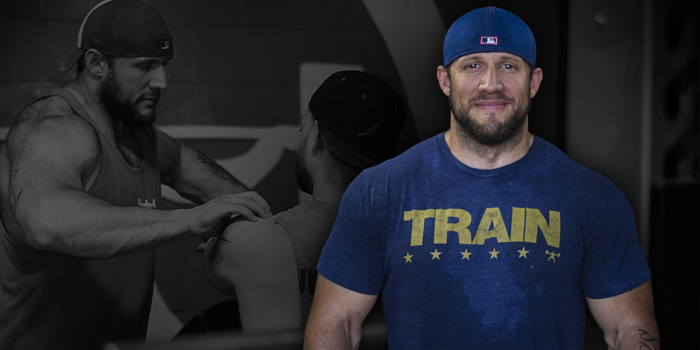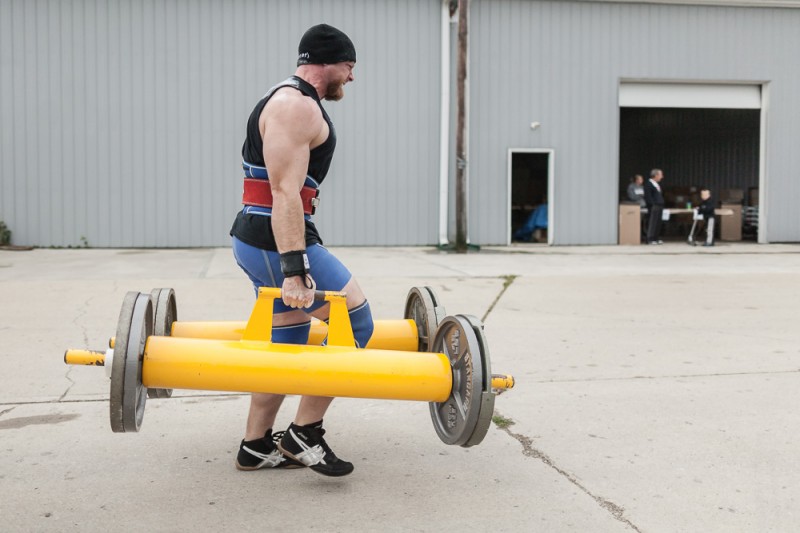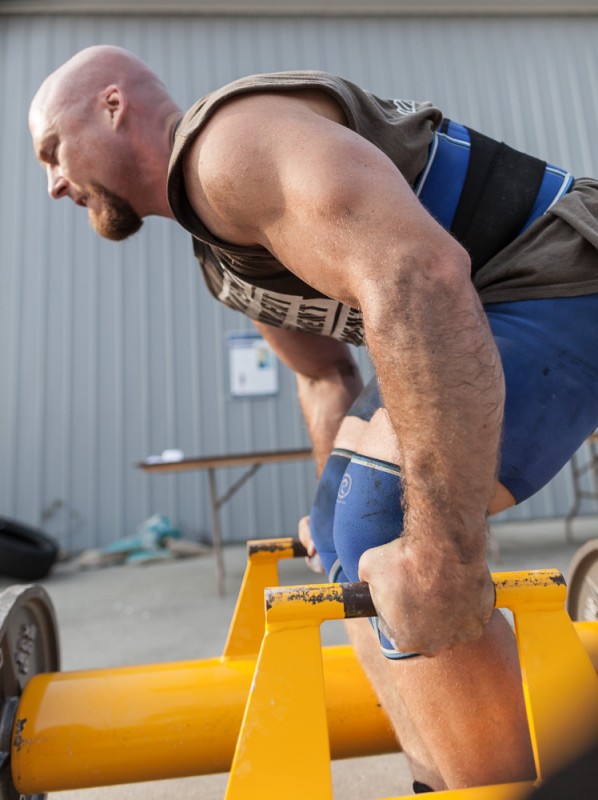
First, a few pre-requisites that will help in understanding the rest of this article:
Anatomical position is an anatomical term used often as a frame of reference regarding anatomy and movement. Think of it as home base. This position is a standing human facing forward, with the feet together and the arms relaxed at the sides, with the palms out and the thumbs facing away from the body. This is the necessary position when looking at our exercise.
As we go about our daily lives, activities, movement patterns, and sleep habits alter our ability to comfortably return to this position. For most of you reading this article, your training will have the biggest impact on being able to return to this position comfortably. Based on the principle of training specificity, certain movements will be programmed and completed at a higher frequency to ensure proper development and success. Regarding powerlifting, bodybuilding, and the casual “bro” lifter, pressing movements (i.e. bench press, dumbbell press, and sagittal plane pressing exercises), are programmed often and vary in intensities. If attention is not placed on creating balance within the training program, posture, performance, and health can all be jeopardized.
RECENT: The One Thing Your Glutes Are Missing
So what exercise can we use to help the average person and serious competitor return to this position and increase performance, posture, and health?
The Weighted Farmer's Walk
Carrying heavy objects have been around since the dawn of man. Where there was a heavy object, there was probably a dude trying to carry it. Luckily, we have evolved (well, some of us at least). Today the weighted carry or farmer's walk is used in a plethora of ways. However, the remainder of this article will dive into how it can best be used to positively affect posture, performance, and technique for powerlifters and bodybuilders.
What is a “weighted carry?” Simply put, one picks up a heavy object in each hand and walks at various distances, with varying weights, for various times. It’s quite simple yet quite overlooked. Most simple things are. No way can something so easy and simple influence my 500-pound bench, right? Guess again. Here it is.
Posture
As mentioned, with the bench press being one-third of the required movements of powerlifting, and most bodybuilders and power-builders only training the muscles they can see in the mirror, our posture migrates from an erect position much like that of the anatomical position to looking more like the hunchback of Notre Dame.
There are many negative impacts that can occur when the quality of our posture decreases and we morph into Quasimodo. Here are few that are most relevant to the lifter:
- Greater grade of internal rotation of the humerus at the glenoid fossa
- Increased protraction of the scapulothoracic complex
- Elevation of the shoulder blade superiorly
- Posteriorly rotated ribcage (rib cage flare)
- Anterior tilt of the pelvis
- Forward translation of the head and cervical spine
Can loaded carries help us mitigate this? I’m so glad you asked.
- The loaded carry forces us to retract and externally rotate the shoulder (to an extent) so that the weight doesn't pull us forward. This reverses the classic internally rotated shoulder position listed above.
- Squeezing the shoulder blades together pulls our scapula into retraction, stretching our tight pecs and shoulders using the muscles that often cause mobility and stability restrictions.
- Depending on the weight of the carry, the farmer's walk puts our shoulder complex into a depressed position. This activates the rotators of the shoulder to stabilize the head of the humerus in the fossa. Retraction and depression often put the shoulder in the safest position.
- Looking at the core, we want to be in a stacked position. This often will require a depression of the ribcage anteriorly and a tilt of the pelvis posteriorly. This creates an optimal bracing point to carry and sustain heavy loads, mitigating the chance of injury.
- Packing the neck and creating a double chin position reduces forward head posture and takes the stress off the cervical spine. It also creates an easier position for our airways.
As you can see, the loaded carry does wonders to create an optimal position for posture. Better posture leads to better performance.

Performance
It goes without saying but I will say it again: as we better our posture, we better our ability to perform. By continually reducing muscular and systemic stress through improved posture, we give our bodies the ability to move through greater ranges of motion and create stability. The larger our active range of motion (AROM), the more that muscle can move (contract and relax) and grow. The more stable a joint feels, the more load you can place upon it. Poor range of motion and poor stability means poor growth and strength.
The ability to easily go from one position (i.e. the bench press) to an optimal postural position enables us to perform at a higher frequency and place more demand on tissues and movement patterns. This directly improves the ability to perform. Being efficient is a key to performing.
The loaded carry takes place in a vertical position. The bench press takes place in a horizontal position. Gravity acts differently on our spine in terms of compression once we go from vertical to horizontal. Being able to brace the spine through movements in the vertical plane (i.e. the weighted carry) will help strengthen our spinal stabilizers and transfer over to horizontal spinal stability. This is called dynamic correspondence. This concept states that in order for an exercise to have a high dynamic correspondence, it must do the following:
- Match the amplitude or direction of the movement
- Have a similar accentuated region of force production
- Match the dynamics of effort
- Equal, as close as possible, the rate and time of maximum force production
- Equal the regimen of muscular work
The loaded carry, when used correctly, has a high dynamic correspondence not directly in terms of mimicking the actual sports movement, but in equaling muscular work, matching force production, and bracing.
Health
Having good posture not only creates good performance but also optimizes health. The ability to reduce stress on the skeletal system, muscular system, and organs means the body will have an optimal environment to run optimally and effectively. This means fewer health problems and a happier life. The loaded carry puts the body in an optimal position to absorb muscular stress. This has a positive effect on your skeletal system by creating denser and stronger bones. Being less frail is good.
Stressing your muscular system in the proper position is a major key to longevity in the iron sports. The loaded carry stresses the body in a position that is as close to optimal as any. Lastly, giving your organs the proper space within your skeleton allows them to do their jobs more easily. Stress on the organs can lead to a host of problems. By using the loaded carry, we can learn how to optimize posture and performance that can lead to healthier, happier organs.
MORE: Improve Your Posture for Sport Performance
Better posture by use of exercises like the loaded farmer's walk decreases our risk of injury and increases the ability for us to use our shoulders in various ways. Being able to do what you want, when you want, overhead is something that goes to the wayside until you can’t.
Hopefully, after reading this article you understand the relevance the loaded carry has to posture, health, and performance. There are many ways to use this exercise. It is up to everyone to place it where it best fits their program. If you have any questions regarding how to best use this exercise, feel free to ask any of our coaches or athletes on elitefts.com.











